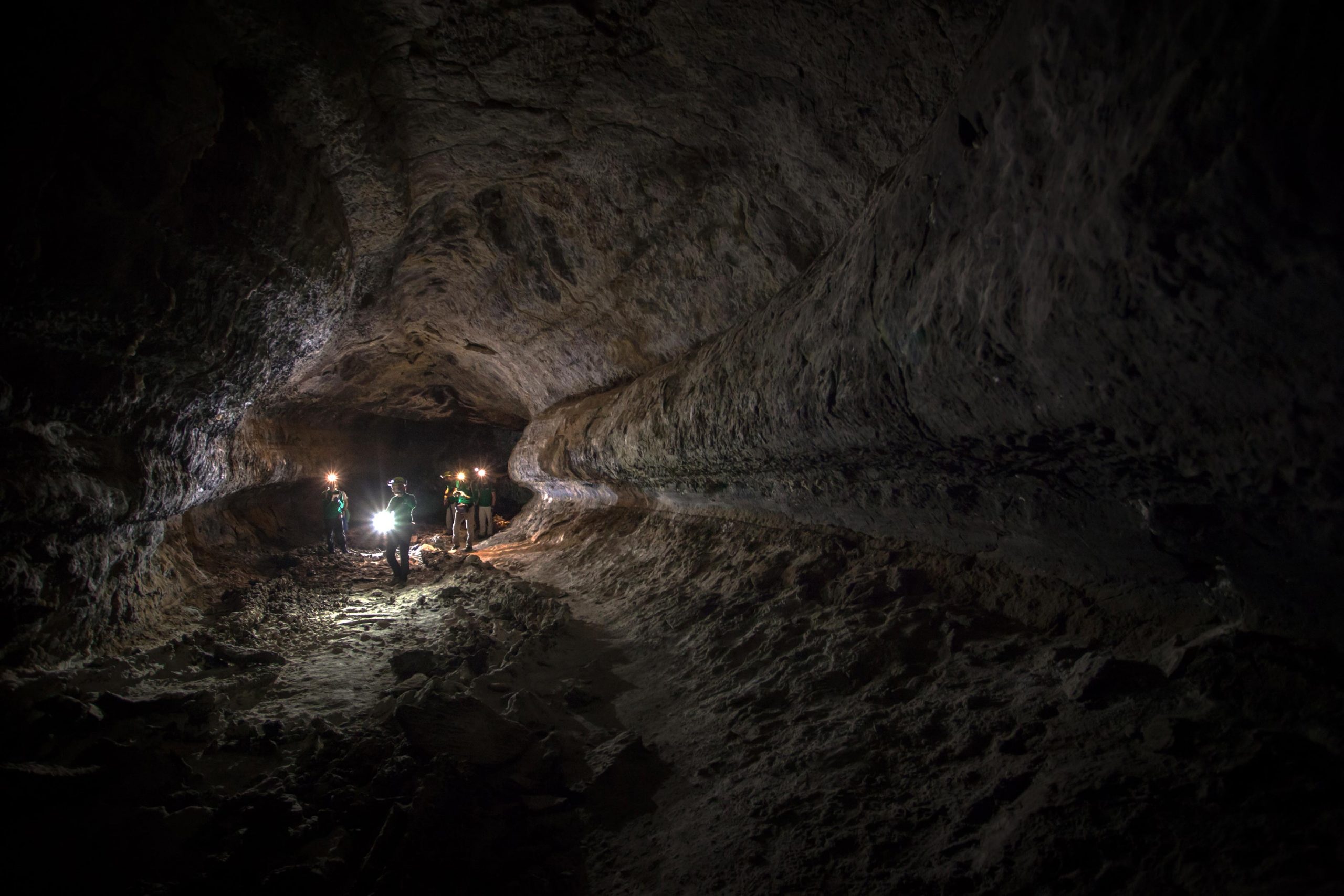
The international journal Earth-Science Reviews published a paper offering an overview of the lava tubes (pyroducts) on Earth, eventually providing an estimate of the (greater) size of their lunar and Martian counterparts.
“We can find lava tubes on planet Earth, but also on the subsurface of the Moon and Mars according to the high-resolution pictures of lava tubes’ skylights taken by interplanetary probes.
Evidence of lava tubes was often inferred by observing linear cavities and sinuous collapse chains where the galleries cracked,” explains Francesco Sauro.
“These collapse chains represent ideal gateways or windows for subsurface exploration.
The morphological surface expression of lava tubes on Mars and the Moon is similar to their terrestrial counterpart.
Speleologists thoroughly studied lava tubes on Earth in Hawaii, Canary Islands, Australia, and Iceland.”.
The morphological surface expression of lava tubes on Mars and the Moon is similar to their terrestrial counterpart.
“We measured the size and gathered the morphology of lunar and Martian collapse chains (collapsed lava tubes), using digital terrain models (DTMs), which we obtained through satellite stereoscopic images and laser altimetry taken by interplanetary probes,” reminds Riccardo Pozzobon.
“We then compared these data to topographic studies about similar collapse chains on the Earth’s surface and to laser scans of the inside of lava tubes in Lanzarote and the Galapagos.
These data allowed to establish a restriction to the relationship between collapse chains and subsurface cavities that are still intact.”.
Researchers found that Martian and lunar tubes are respectively 100 and 1,000 times wider than those on Earth, which typically have a diameter of 10 to 30 meters.
Riccardo Pozzobon adds: “Tubes as wide as these can be longer than 40 kilometers, making the Moon an extraordinary target for subsurface exploration and potential settlement in the wide protected and stable environments of lava tubes.
Space agencies are now interested in planetary caves and lava tubes, as they represent a first step towards future explorations of the lunar surface (see also NASA’s project Artemis) and towards finding life (past or present) in Mars subsurface.”.
Researchers also point out how this study opens up to a completely new perspective in planetary exploration, which is increasingly focusing on the subsurface of Mars and the Moon.
Reference: “Lava tubes on Earth, Moon and Mars: A review on their size and morphology revealed by comparative planetology” by Francesco Sauro, Riccardo Pozzobon,
The title of this study is “Lava tubes on Earth, Moon and Mars: A review on their size and morphology revealed by comparative planetology” and it was published in the journal Earth-Science Reviews